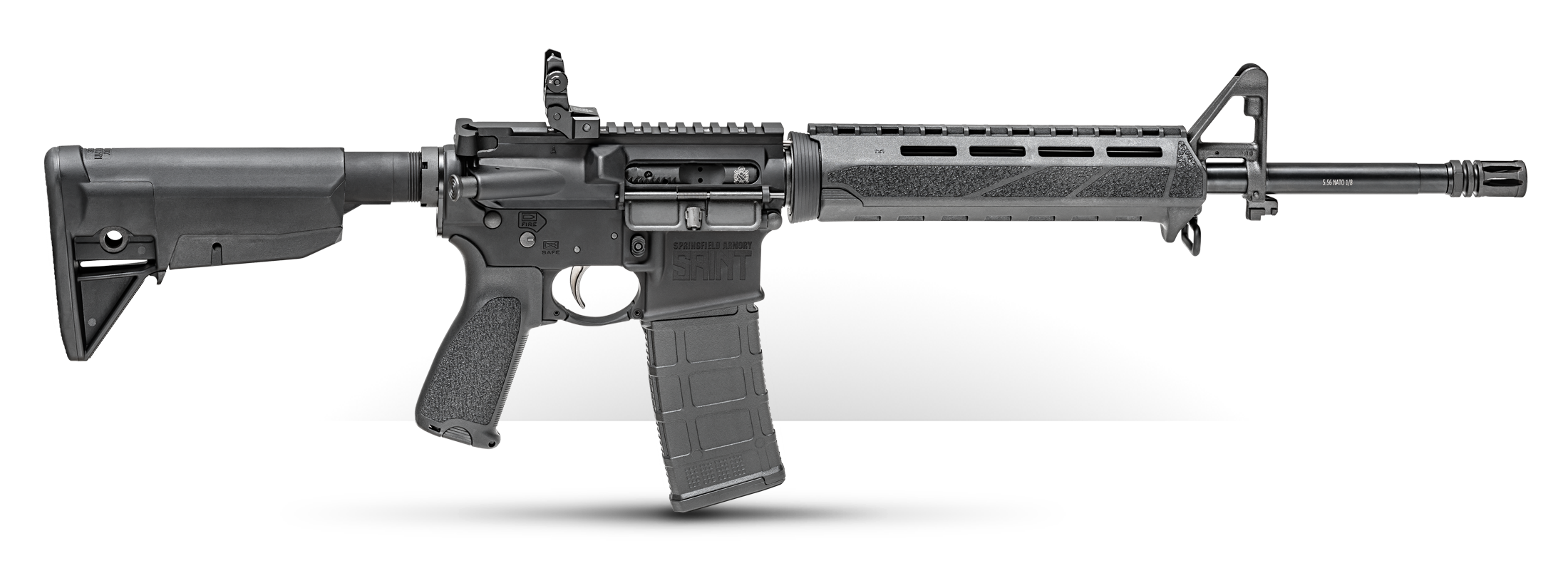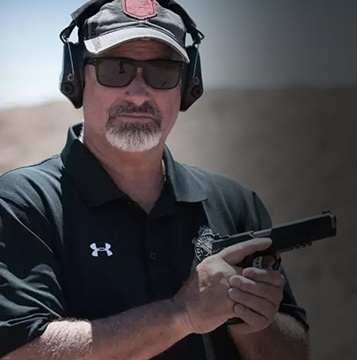Rob’s Corner: Getting Into PRS
August 28th, 2020
5 minute read
If you are in “the know” about rifles and rifle shooting, you just have to have heard of PRS. If not, climb out from under that rock and let me introduce you.
Precision Rifle Series (PRS) competition originated as a way of testing equipment and skills engaging long-range targets.
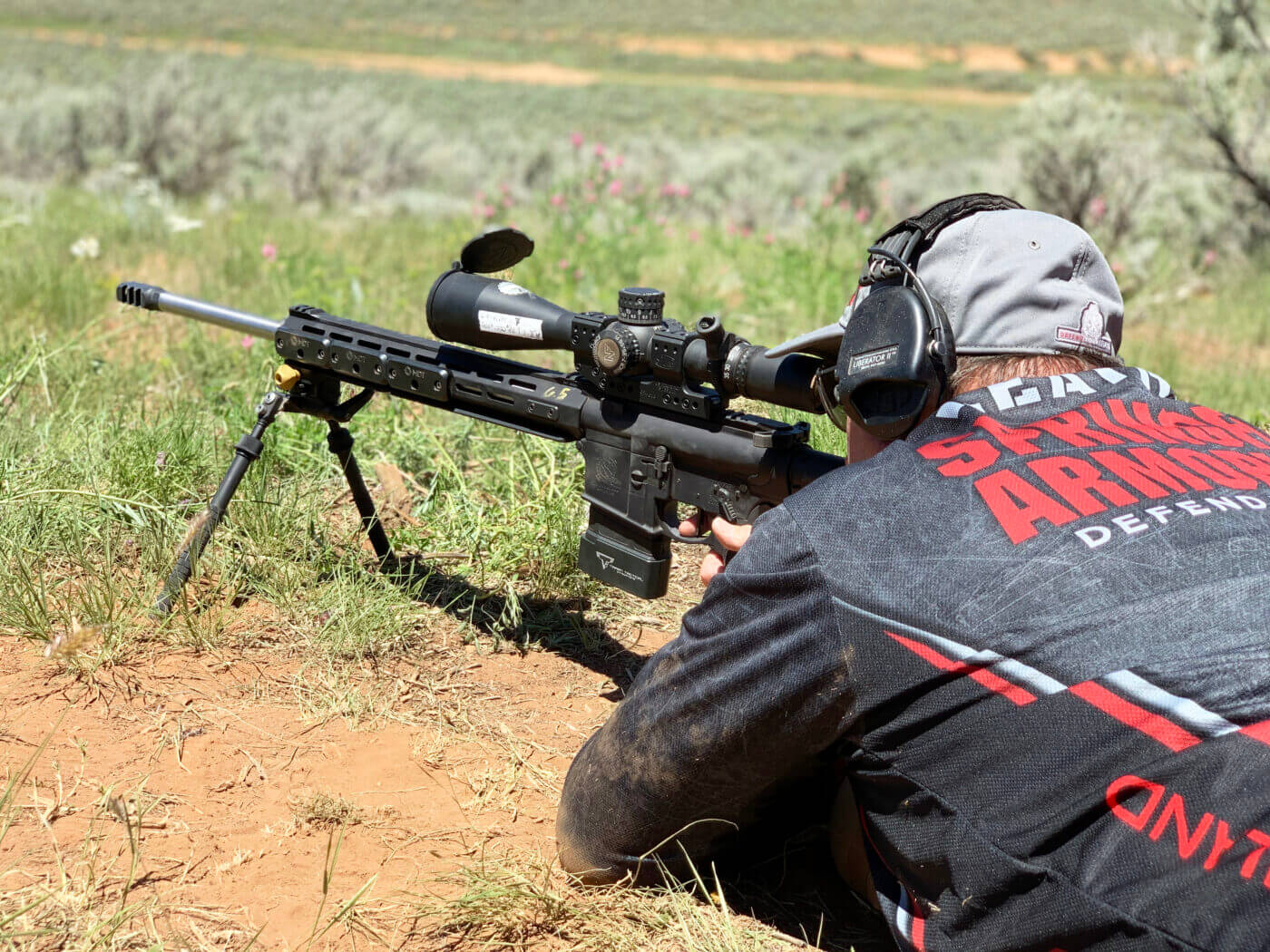
Here’s how I think it went down… PRS probably started when a couple guys wanted to do something different from traditional rifle competition. They were most likely hunters, or LE/military snipers, or wanna-be snipers. Possibly, they were gear geeks interested in a rifle’s practical precision and capability — and even more interested in the skills required to engage and hit reasonable-sized targets from reasonable positions and props at long distances.
And like in any sport, these rifle aficionados eventually wanted to see who was the best. So, they drove out to the range, desert, mountains or pasture and set up some reactive steel targets at various distances and shot at them. They shot off of pickup truck hoods, car tires, rocks, drums, chairs, bipods and backpacks. Basically, whatever “opportunities” were lying around.
But then something changed. These guys told their friends. And they in turn told their friends, and so on and so on. Pretty soon, there were a bunch of shooters all trying to hit these long-range targets faster and more consistently than their buddies. Well, that’s my version anyway…
Rules and Regs
For consistency and fairness, rules were made to govern these events, and scores were now kept. And also grudges. “Next time I am going to beat so and so!” And hence, formal PRS (which stands for “Precision Rifle Series”) competition began.
The fun part of a PRS match is the aspect of not knowing exactly what challenges you will encounter until you get there. Target sizes and distances, inclinations, wind, temperature, shooting positions, time limits and other variables are usually not known until you arrive at the match. It is very similar to a practical pistol/multi-gun event in that half the fun is figuring out quickly how best to shoot a stage.
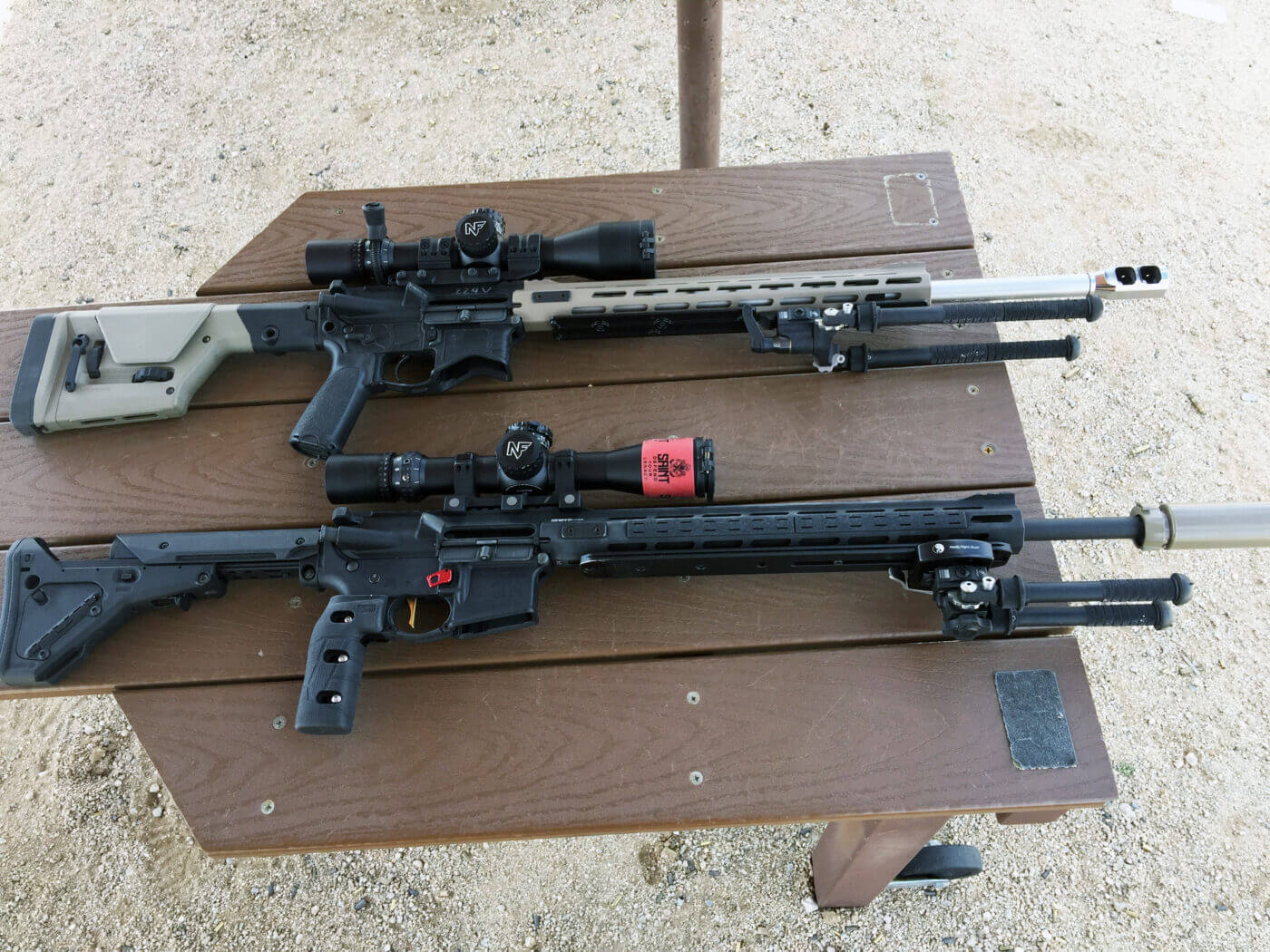
And at the PRS matches, you need to be ready for anything.
Distances I’ve encountered range from 100 to 1,050 yards. Positions and objects allowed for support range from prone on your bipod to vehicles, rocks, walls with ports, barrels, stacked tires, a thing called a “Tank Trap,” barricades, and anything else they can think of. One of the guys even brought out his kid’s bag of various-sized play balls and pool toys to use as a support prop. Thanks Lyle. Like I said, be ready for anything.
PRS Entry
I’ve informally been shooting PRS over the last year and it has been an eye-opening experience. I love the challenges, the equipment and the camaraderie. What don’t I love? The positions can sometimes be very challenging for me. And It’s odd for me to be at a match and not be a contender. I’m working on changing that, though. Slowly, I’m becoming more accurate and more stable. Maybe even a tiny bit more flexible.
But now, it’s also getting even more interesting for me. Recently, PRS (as run by PRS) added a division called “Gas Gun.” This is a slang term for semi-automatic gas operated-rifles, like Springfield Armory’s line of SAINT rifles or the classic M1A’s.
Competitor Re-Bolt
Since the PRS events traditionally are shot with bolt-action rifles, most competitors think that is the only way to do it. And I get that. I have shot, except for a couple of occasions, bolt guns myself. Technically, bolt guns are the most accurate of all the action types, which is why they are used for the most accurate type of weapons. I currently have a few different bolt guns and can confirm that they shoot extremely well.
However, PRS ain’t benchrest shooting, and there are times when the auto-loading gun is just easier to use. With the new Gas Gun division there is now a proper home in PRS just for these guns. So now I have a new platform to experiment with, and my wife couldn’t be more excited!
Try This at Home
In recent experiments with my Springfield rifles, I’ve taken both small and large-frame SAINTs, added heavier, longer barrels and have ended up with very effective PRS rifles. Without excuses they are pretty cool — Gas Gun or no Gas Gun division.
I started my builds with standard Springfield SAINT rifles. I also employed several Victor long guns since the Victor handguards are long, thin, narrow and M-Lok compatible. This allows the easy addition of rails (either ARCA or Picatinny) to which you can mount the must-have bipod.
Since these guns are originally built to be light and fast shorter-range guns, I have made a few changes to increase their long-range effectiveness.
Long and Heavy
Increased velocity and heavier overall gun weight are big advantages in PRS shooting. Mobility and portability are less important. As in real-world precision/sniper rifles, the added weight of a heavy barrel not only helps the gun to be more accurate, it also enables the shooter be more precise. Increased weight lets the gun become more steady on a bag or in a difficult position and reduces the movement of the gun on firing. This makes it easier to spot your own shots.
Proof Is in the Barrel
My barrel(s) of choice come from the talented team at Proof Research. These guys know (1) how to make great barrels and (2) all the tricks that maximize the performance of a longer-than-standard barrel so it works properly in the auto-loading platform. I’m very thankful for my buddy Greg Hamilton’s advice in this endeavor.
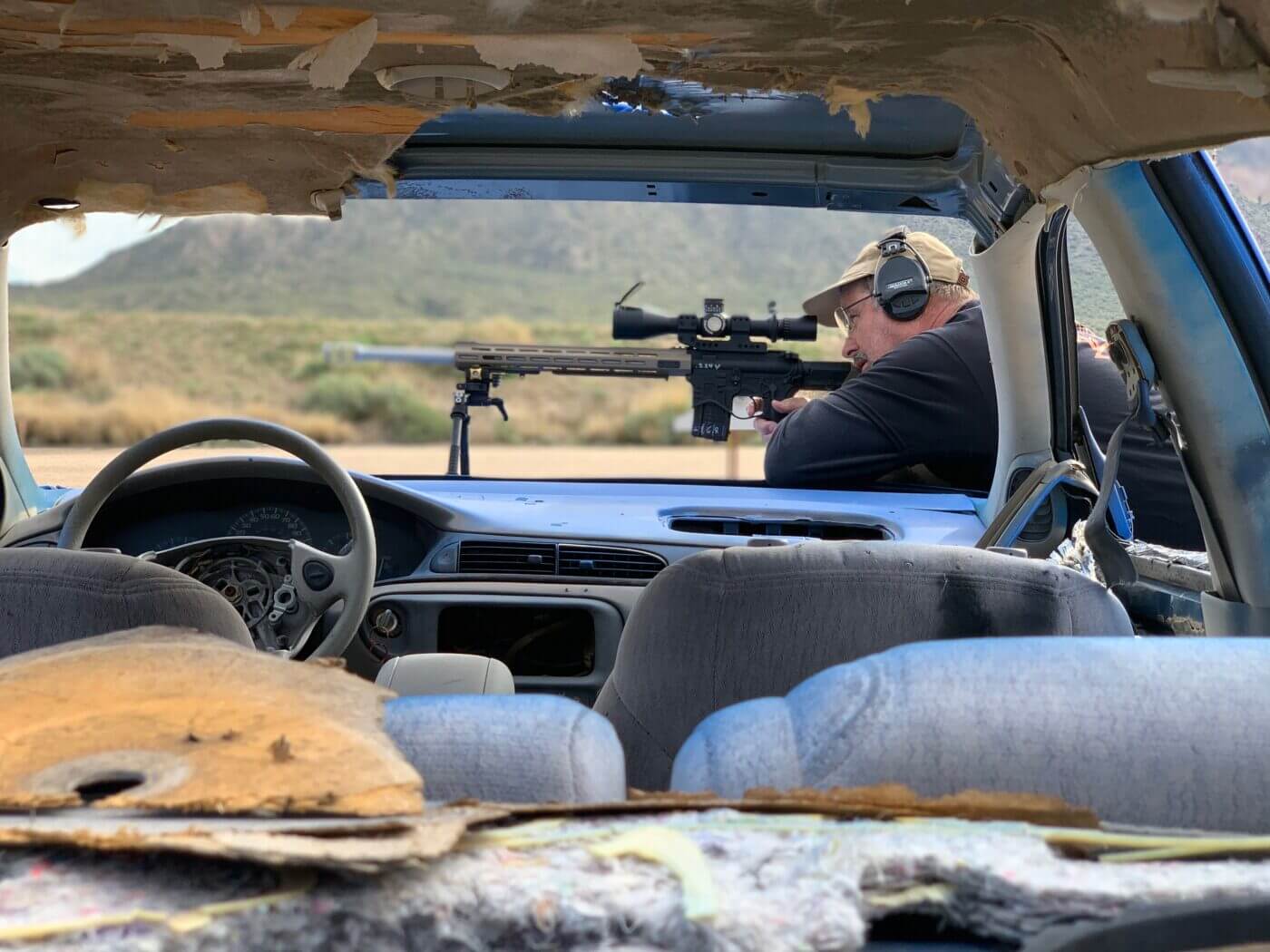
Change other things as you see fit. Stocks for example are such a personal item, that whatever you like is good with me. I have LuthAR and Magpul stocks on my PRS SAINT rifles.
Trigger Tech and AR Gold modular trigger units are easily installed and make the rifles just that much easier to shoot. Not required, but very nice to have.
Optic-vantage
You will hear/read this endlessly if you ever research PRS — “Get the best optics you can afford. Cry about it once and benefit forever.” Some say that the scope may be more important than the rifle, and I often agree with that.
I have to admit that I am spoiled and have started the optics game from the top. I use Nightforce, and my favorite scope is their ATACR 7-35 x 56 F1. It is beyond good. I think it actually purifies the air between me and the target. As a matter of fact, I no longer take the spotting scope out of my truck when I go to the range to zero or shoot groups. I can see everything perfectly in that scope. Expensive? Yes. Worth it? Absolutely.
Conclusion
And that’s about it! Feed these gas guns some suitable Hornady, Atlanta Arms or Federal match-grade ammo and BAM, you have an easy-to-shoot and accurate long-range rifle that’s perfect for PRS Gas Gun competition. So get a rifle and optic, get out into PRS, and have some fun. I know I am!
This is the first entry in a two-part series by Rob Leatham on PRS. Read part two here.
Editor’s Note: Please be sure to check out The Armory Life Forum, where you can comment about our daily articles, as well as just talk guns and gear. Click the “Go To Forum Thread” link below to jump in and discuss this article and much more!
Join the Discussion
Featured in this article
Continue Reading
Did you enjoy this article?

 93
93





